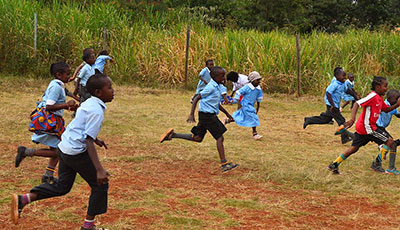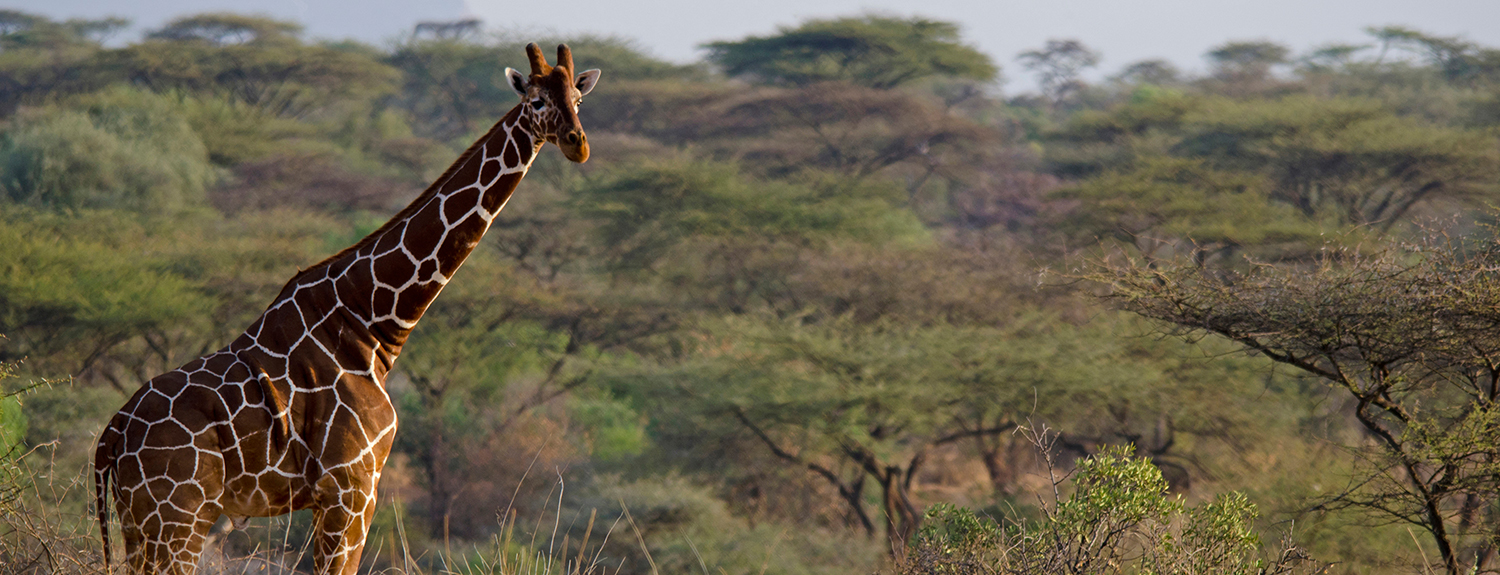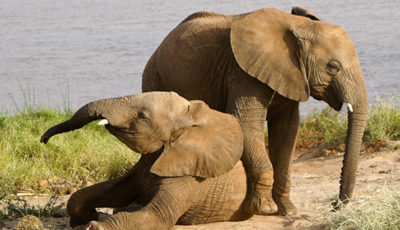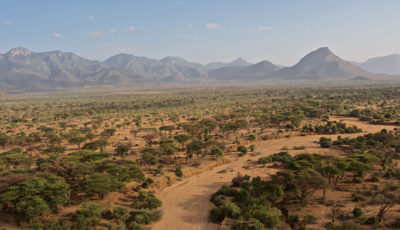Discover Kenya off the beaten track. Community volunteering and first class wildlife make this the family trip of a lifetime.

Experts in socially responsible luxury travel. We design travel experiences that support conservation and local communities without skimping on comfort.

Kenya is a luxury family safari destination, home to first-class wildlife sightings and stays at environmentally-friendly bush camps and eco-lodges.
Stay at Giraffe Manor in Nairobi, where giraffes will poke their heads into your bedroom windows, or visit the achingly beautiful plateaus of Laikipia, which offer walking and horseback safaris on exclusive private conservancies. The Maasai Mara, famed for its big cats, sees the Great Migration annually. Search for wildlife with local Maasai guides whose intuitive sense of the bush dates back thousands of years. Picnics in the open wilderness, stargazing, scenic sundowner cocktails and night drives are some activities your family can look forward to.
Visit non-profit organizations such as The Leo Project and One Horizon, where you can engage with community projects, volunteer at a children’s center, and learn how Maasai grandmothers maintain a sustainable income with pig and chicken farming.
Experience a Kenyan safari with your kids, and you'll see firsthand why Kenya is the leader in family safaris.
Best times to visit Kenya
For the Great Migration: July-September
Rainy months: November, April, May

Discover Kenya off the beaten track. Community volunteering and first class wildlife make this the family trip of a lifetime.

Follow a family of elephants on foot in this incredibly intimate mobile safari experience.

Take a memorable journey through an untouched wilderness region, only recently opened up to tourism.
Sign up for the inside scoop on new destinations, family tips, and much more.
